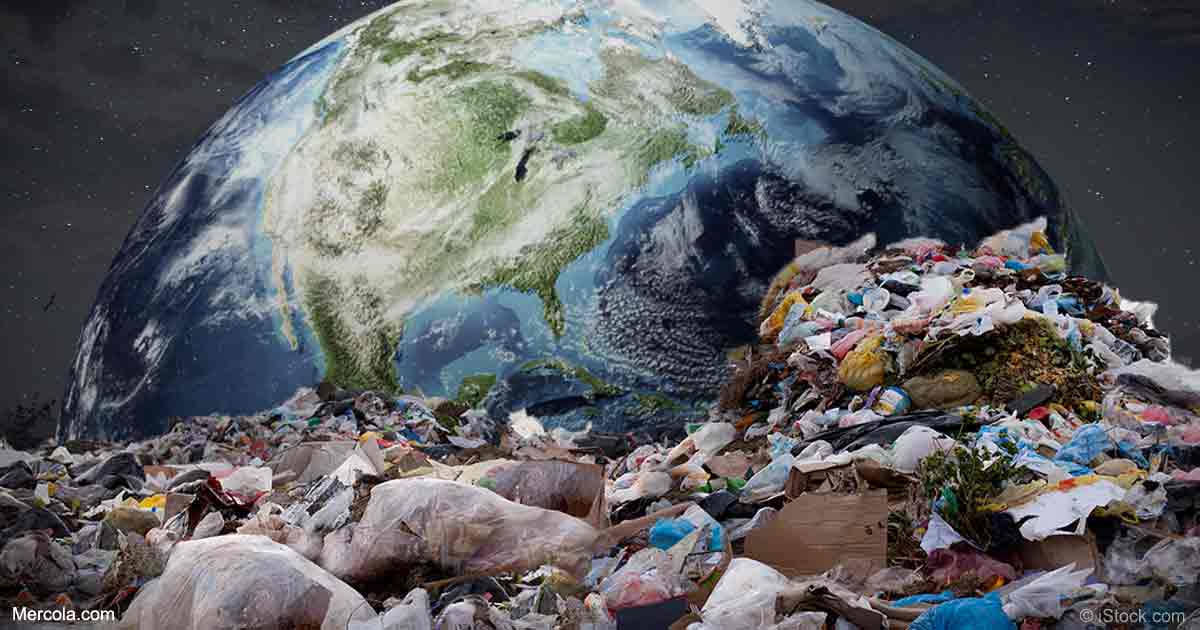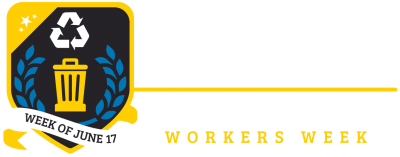
The world produces 3.5 million tons of garbage every day, a number that is increasing. For a recent story in the Washington Post, “Drowning in Garbage,” reporter Kadir van Lohuizen traveled to six major cities around the world to see how they are solving, or neglecting, their trash issue. He joins Hari Sreenivasan from Amsterdam to discuss.
Read the Full Transcript
HARI SREENIVASAN:
The world produces 3.5 million tons of garbage every day and that number is increasing. What’s being done about it or not is the subject of a recent report in The Washington Post called ‘Drowning in Garbage’. Reporter-photographer Kadir van Lohuizen traveled to six major cities around the world to chronicle the problem of too much trash. I spoke with him earlier via Skype from Amsterdam. In a nutshell you went to all these different places around the world? What did you learn?
KADIR VAN LOHUIZEN:
Well I learned that that’s pretty dramatic. I mean the whole project came about because I was working in the Pacific on a remote island I saw there so much specifically plastic on the beaches which was definitely not far from there that I started to research where this was actually coming from. And at the same time I realized that I, myself, I didn’t really know any more – I put my garbage back on the old the curbsides, it’s being collected by a garbage truck. But what happens after? I had no clue. Actually, especially in the western part of the world, trash is often invisible. And it’s just stunning how much we produce!
HARI SREENIVASAN:
You know you took some photographs and some video including some drone footage like Jakarta and it is not invisible there. I mean these are mountains of trash that people are going across. And you know and it’s hard to even fathom that there’s this many people walking across this much trash.
KADIR VAN LOHUIZEN:
Yeah. What what was remarkable is as often we assume in cities like Jakarta, Lagos in Nigeria where it’s much more visible than in the U.S. or Europe that they produce a lot because we consider it to be dirty. You see people on these huge landfills garbage belts working and living. Actually, the opposite is true. I mean New York is the number one waste producer in the world. There’s no city in the world which produces more than the New York City – 15 times more actually than Lagos which is about the same size in terms of population. And these people who work on these garbage belts, it looks very apocalyptic, it looks scary. But working there I understood actually how organized this is and actually those people became kind of a heroes because those people are actually the ones who who who pick up plastic, textile, paper and they sell it for recycling.
HARI SREENIVASAN:
When you say that in Europe a huge chunk of this trash is actually burned and that can’t be necessarily good for air quality?
KADIR VAN LOHUIZEN:
No it’s not. You know I mean I’ve been in the incinerator in Amsterdam and I’ve been in an incinerator in Pennsylvania – I would say there’s a big difference. I think the one in Amsterdam is has much better filtering system so it’s supposed to be more environmentally friendly and also more friendly to your health.] What I’ve seen in the U.S. is that many are very outdated and are very dangerous not to mention what all gets burns because like Tokyo, which is probably the best example of all the cities I have been to, there are 24 incinerators actually in the city itself. They claim that they are completely clean – I don’t know if that’s completely true. But what is true is that the that people in Tokyo separates a lot of their waste. So what goes into the incinerator is mostly organic and that’s obviously a big difference if you burn organic or you or you start to burn the plastics
HARI SREENIVASAN:
There are trash changes as we develop – I mean the more developed we are the more electronics and packaging it seems that we’re throwing away?
KADIR VAN LOHUIZEN:
Yeah. I mean it goes up with welfare. So you know we definitely produce a lot more than we did 10, 20, 30 years ago. Usually if people are higher on the social ladder, they produce more. In the U.S. it might be a bit different also just because of the fast food industry.
HARI SREENIVASAN:
All right. Kadir van Lohuizen from Noor, the photo agency doing this for The Washington Post called ‘Drowning in Garbage’. Thanks so much.
KADIR VAN LOHUIZEN:
You’re very welcome.
